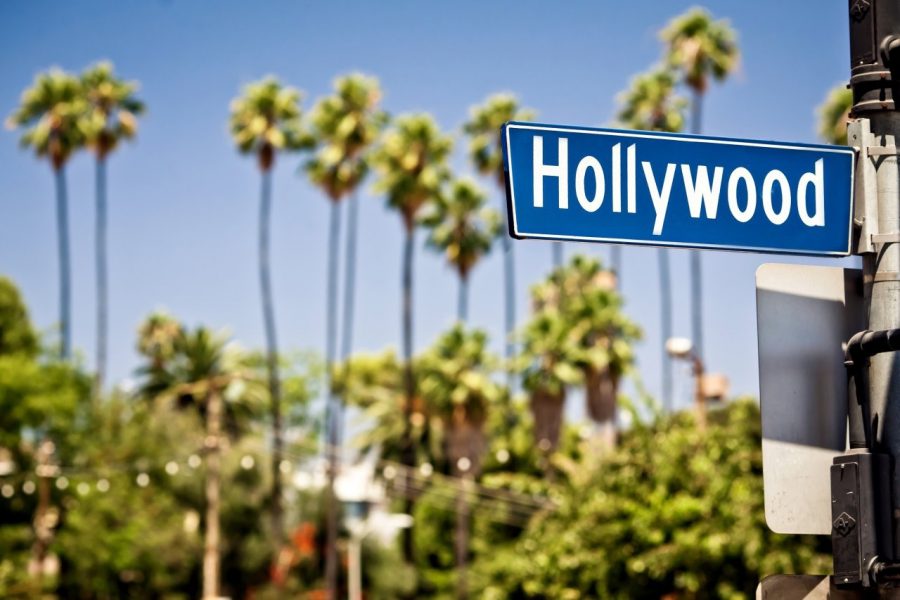By Nellie Shih ’17, Contributor
Most of us have grown up with movies and TV shows; many of us have favorite movies, TV shows, and characters we can relate to. But as a female Asian-American, I could never really relate to a certain character. This is a result of the minimal use and prevalence of women, people of color, and members of the LGBT community in the movie and television industry.
One of the most obvious issues with Hollywood is there are very few protagonists that are not white. When there are people of color, they tend to be smaller roles, or just used as the comic relief. For example, in the Harry Potter series, neither Harry, Ron, nor Hermione are specifically mentioned to be white, yet they are all played by white actors. This does not mean that the white actors are incapable of performing the part, but that colored actors are sometimes just as, if not more capable, and thus should be considered as well. Many movies and TV shows may feature a character or characters that are based on a book or a real person. While some of these people are white characters, others are specifically mentioned to be a person of color. Whitewashing is when these colored characters are played by white actors. Whitewashing happens when white actors will be cast as people of color, and they use makeup so that they will look like a race they are not, also known as blackface, yellowface, etc.
Another pressing issue in Hollywood is sexism and misogyny. A test developed by Liz Wallace and Alison Bechdel brings attention to gender equality in any work of fiction. Movies, books, or TV shows pass the test if it meets these three requirements: the work of fiction has at least two named female characters, the female characters talk to each other and hold a conversation, and the subject of the female characters’ conversation is something other than a man. For example, according to Film School Rejects, the original Star Wars trilogy does not pass the test. There are three named female characters, Leia, Aunt Beru, and Mon Mothma, but none of them speak to each other. On the other hand, “Episode I” and “Episode II” pass the test. Padmé speaks to Shmi Skywalker and to her handmaidens about something other than a man. The Lord of the Rings trilogy features three strong female characters, Arrwen, Eowyn, and Galadriel. These three characters are from different parts of Middle Earth, and in the entire ten hour trilogy, no two female characters speak to each other: this is ridiculous when you think about it.
Another issue with Hollywood is the lack of LGBT individuals, and the casting and misuse of LGBT characters. There are LGBT characters, but there are very few of them, and when there are LGBT characters, they tend to be secondary characters or the comic relief. There are very few films and TV shows with an LGBT lead. In book to movie adaptations, if a character’s sexuality is never specifically stated, most movies would portray that character as heterosexual. For the first time, we finally have two upcoming movies about transgender individuals – The Danish Girl, starring Eddie Redmayne, and About Ray, starring Elle Fanning. While it is a good thing these movies are being made, it’s the fact that the transgender girl in The Danish Girl is being played by a cisgender male actor, and that the transgender boy in About Ray is portrayed by a cisgender female actress that is the problem. Eddie Redmayne and Elle Fanning are both wonderful actors, but trans actors should be given the chance to be a lead in a movie about transgender individuals. Representation from the transgender community is much needed in Hollywood.
Although there are many issues with Hollywood, that is not to say everything about Hollywood is problematic. For example, the popular TV show Orange is the New Black features a transgender character played by the transgender actress Laverne Cox, and also features Ruby Rose, an openly lesbian actress. Another TV show with LGBT representation is the Netflix show Sense8, which features Jamie Clayton, a transgender and lesbian woman, along with a gay character portrayed by Miguel Ángel Silvestre. On another positive note, there is an upcoming all-female-lead Ghostbusters reboot featuring Chris Hemsworth as a secretary. This defies gender roles and features female leads. The upcoming Suicide Squad movie based on DC Comics features a diverse cast, including Cara Delevingne, who recently came out as bisexual. These TV shows and movies are the first step to having equal representation from all communities in Hollywood. The problem with Hollywood is not that there are too many white people, or there are too many heterosexual people, the problem is that there is not enough representation from all communities. Only when we truly have equal representation from all communities will everyone have favorite characters that they can relate to.
Sources:
http://cdn2.gbtimes.com/cdn/farfuture/oIz2EPeu9EwYVr7jIIbzOxKRrcc6bjoN40TYYGM9vdA/mtime:1407313844/sites/default/files/styles/1280_wide/public/2014/08/06/shutterstock_93089554.jpg?itok=FRFs3n_q
Film School Rejects – http://filmschoolrejects.com/features/10-famous-films-that-surprisingly-fail-the-bechdel-test.php/5




